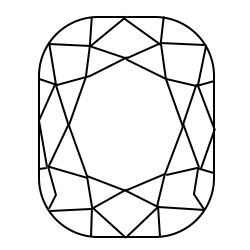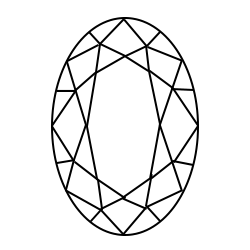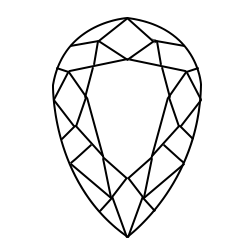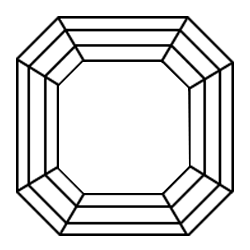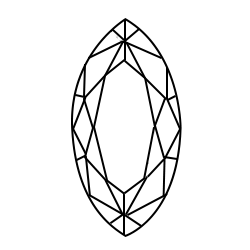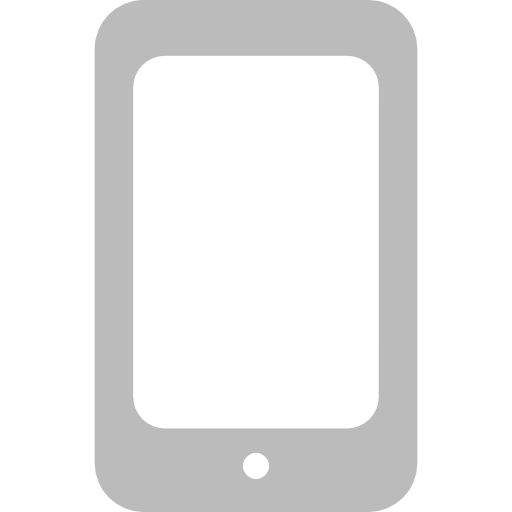Guide to
Diamond Shapes
The shape of a diamond will impact the brilliance and appearance of your jewellery. Since each diamond shape is cut to different specifications, they reflect light differently, giving each shape a unique fire and brilliance. Immense skill is required to cut a stone so that its proportions, symmetry and polish reflect as much light as possible to create the perfect sparkle and stunning shine. Choosing the right diamond shape can be tricky. Below we have provided you with a summary of each diamond shape so that you can confidently move through the process of selecting your dream jewellery piece.
BROWSE DIAMOND ENGAGEMENT RINGS





